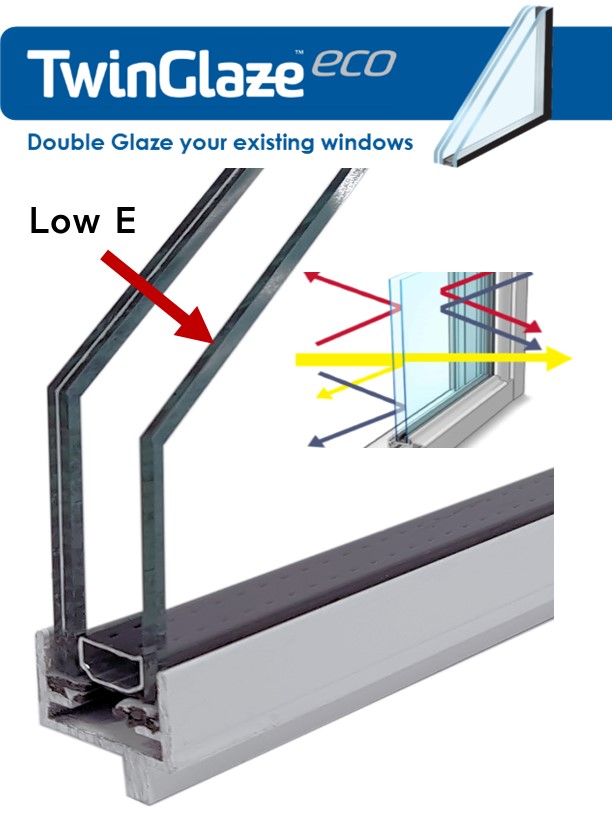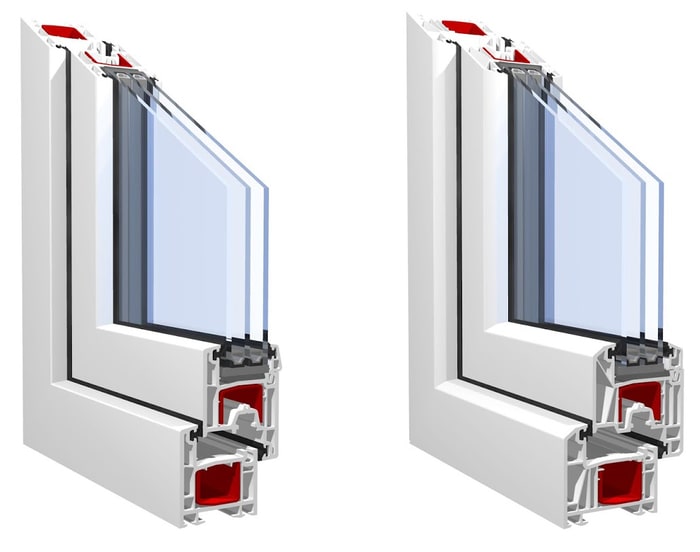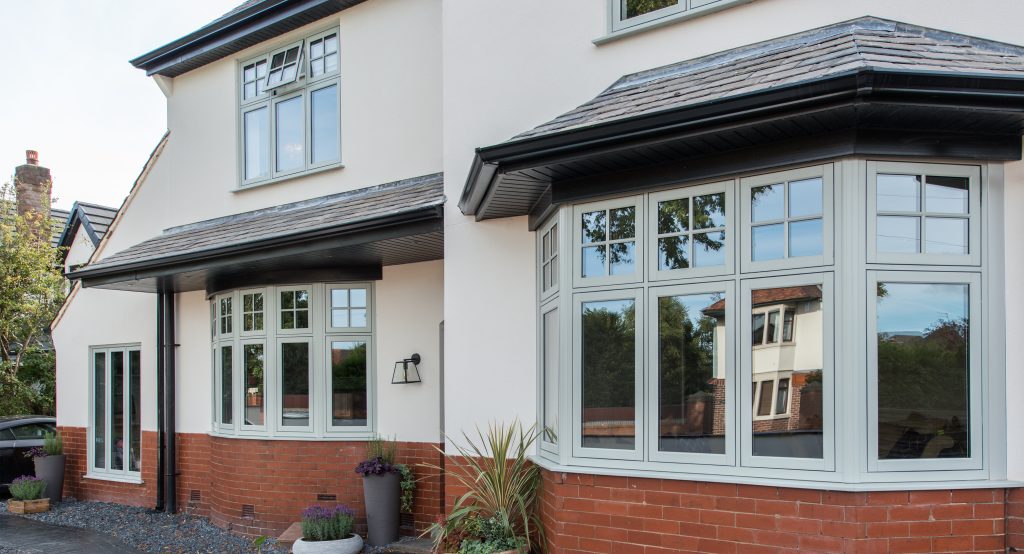All Categories
Featured
Table of Contents
Why Does Double Glazing Help To Keep Us Cool In Summer? in Beeliar Perth
Glazing merely implies the windows in your home, including both openable and set windows, in addition to doors with glass and skylights. Glazing in fact simply means the glass part, but it is generally used to describe all elements of an assembly including glass, films, frames and home furnishings. Paying attention to all of these elements will assist you to accomplish reliable passive design.

Energy-efficient glazing makes your house more comfortable and drastically decreases your energy expenses. However, unsuitable or improperly created glazing can be a major source of unwanted heat gain in summertime and substantial heat loss and condensation in winter season. Up to 87% of a home's heating energy can be acquired and approximately 40% lost through windows.
Improve Your Home's Energy Efficiency With Double Glazing in Beechboro WA
Glazing is a considerable financial investment in the quality of your home. The cost of glazing and the cost of heating and cooling your house are closely associated. An initial investment in energy-efficient windows, skylights and doors can considerably decrease your yearly cooling and heating costs. Energy-efficient glazing likewise reduces the peak heating and cooling load, which can lower the required size of an air-conditioning system by 30%, resulting in additional cost savings.

This tool compares window selections to a base level aluminium window with 3mm clear glass. Comprehending a few of the crucial residential or commercial properties of glass will assist you to choose the best glazing for your house. Key properties of glass Source: Adjusted from the Australian Window Association The amount of light that passes through the glazing is understood as noticeable light transmittance (VLT) or noticeable transmittance (VT).
Keeping Your Cool: The Benefits Of Double Glazed ... in Willetton Western Australia
The U value for windows (revealed as Uw), describes the conduction of the whole window (glass and frame together). The lower the U value, the greater a window's resistance to heat flow and the better its insulating value.
For instance, if your home has 70m2 of glazing with aluminium frames and clear glass with a U worth of 6. 2W/m2 C, on a winter's night when it is 15C cooler outside compared to inside your home, the heat loss through the windows would be: 6. 2 15 70 = 6510W That is equivalent to the overall heat output of a large space gas heating unit or a 6.
Why Double-glazed Windows Are A Must in Carlisle Western Australia

If you select a window with half the U worth (3. 1W/m2 C) (for instance, double glazing with an argon-filled space and less-conductive frames), you can halve the heat loss: 3. 1 15 70 = 3255W The solar heat gain coefficient (SHGC) for windows (revealed as SHGCw) measures how readily heat from direct sunlight streams through a whole window (glass and frame together).
The lower a window's SHGC, the less solar heat it transfers to the house interior. The actual SHGC for windows is impacted by the angle that solar radiation strikes the glass.
Double Glazed Windows Melbourne - Upvc - German ... in Hilton Perth
When the sun is perpendicular (at 90) to the glass, it has an angle of incidence of 0 and the window will experience the optimum possible solar heat gain. The SHGC declared by glazing makers is always determined as having a 0 angle of incidence. As the angle increases, more solar radiation is shown, and less is transferred.
Table of Contents
Latest Posts
Types Of Glazing For Your Windows, Explained in Wembley Downs WA
Single Vs Double Vs Triple - Which Window Is Right For Your ... in Eden Hill WA
Why Install Stunning Double Glazing Windows During Summer? in South Guildford WA
More
Latest Posts
Types Of Glazing For Your Windows, Explained in Wembley Downs WA
Single Vs Double Vs Triple - Which Window Is Right For Your ... in Eden Hill WA
Why Install Stunning Double Glazing Windows During Summer? in South Guildford WA